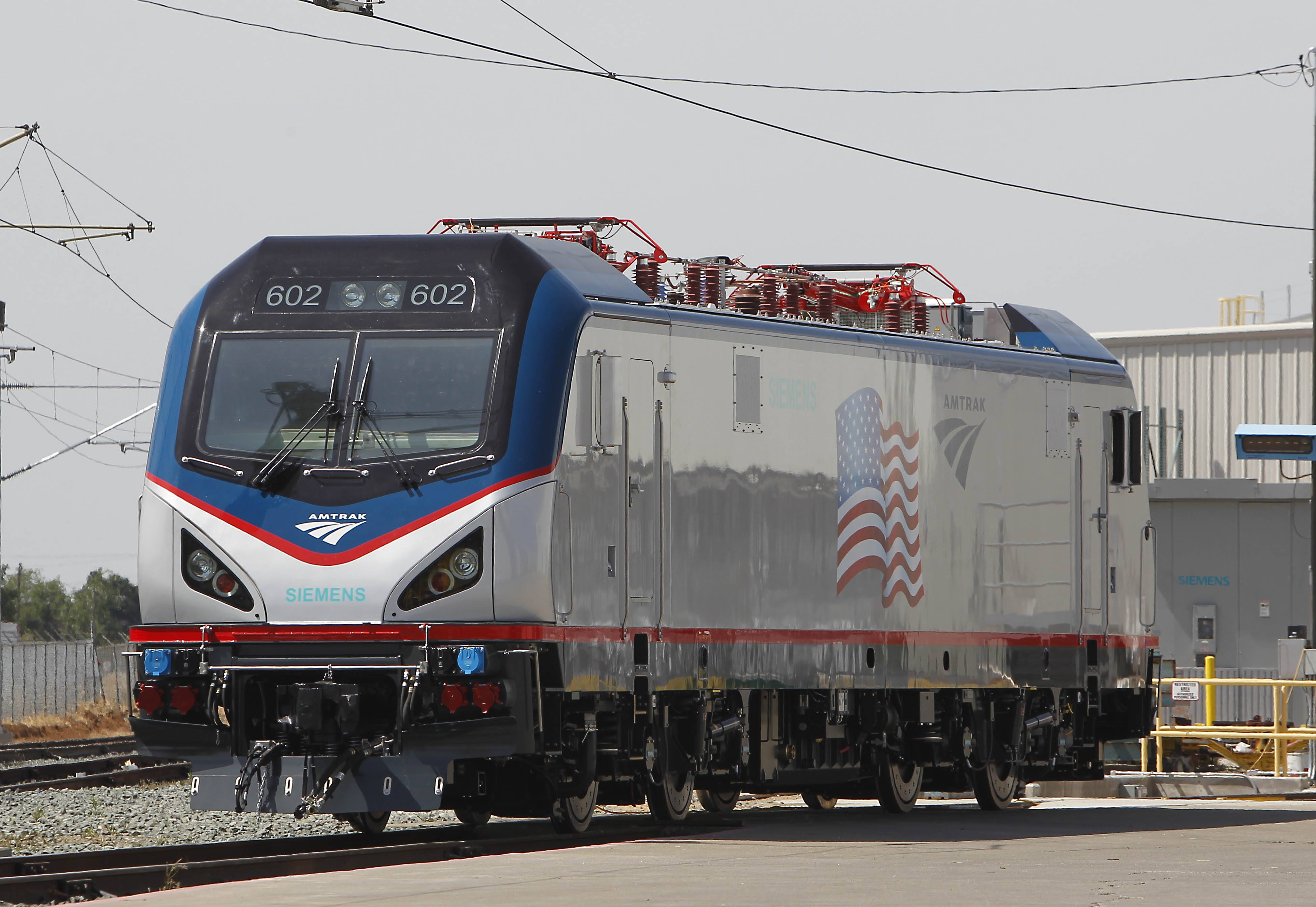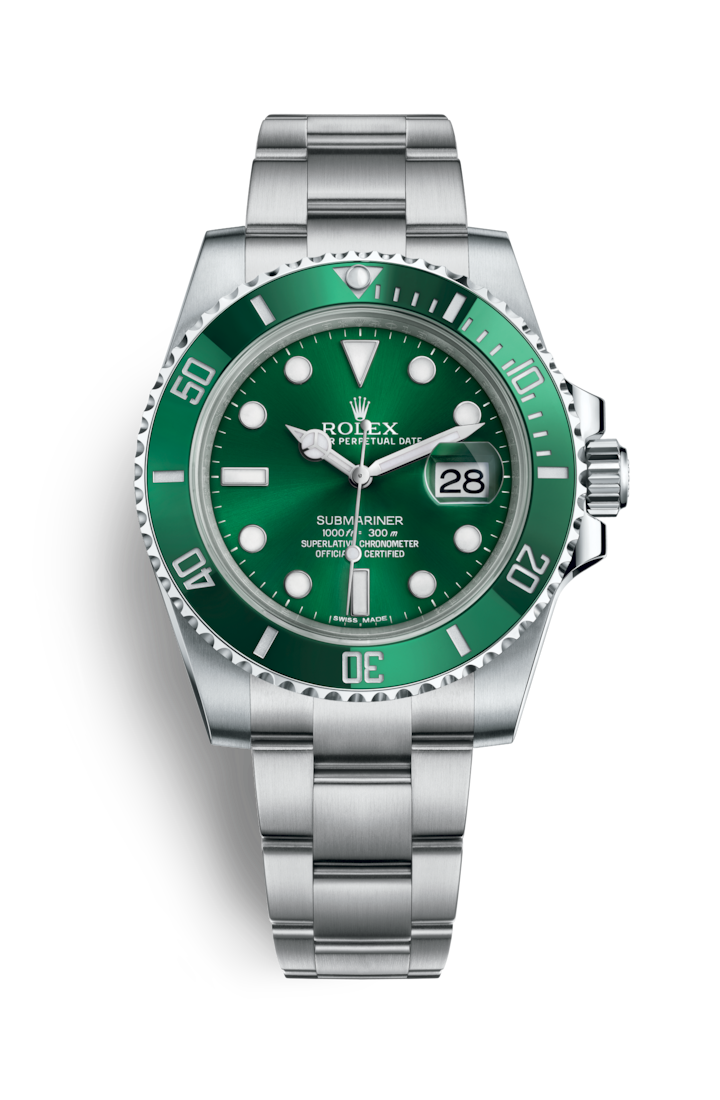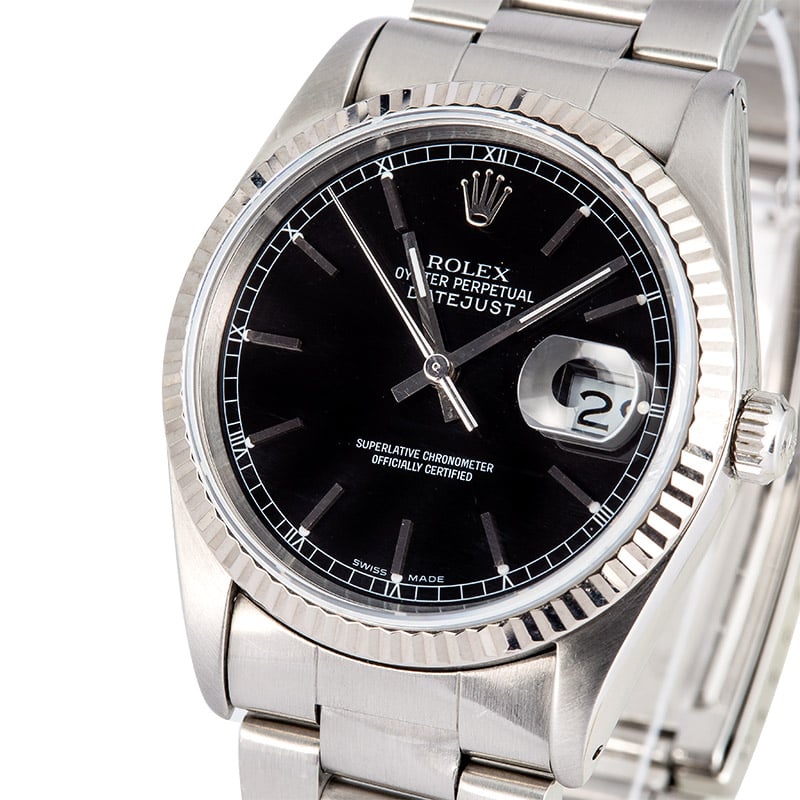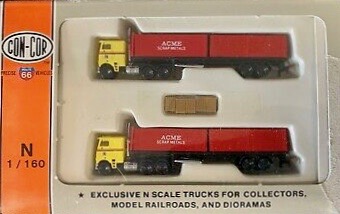History: The Siemens ACS-64, or Amtrak Cities Sprinter, is an electric locomotive designed by Siemens Mobility for use on the Northeast Corridor (NEC) and the Keystone Corridor in the northeastern United States. The design was based on locomotives Siemens created for use in Europe and Asia, but with changes to comply with American standards. The ACS-64 is built at the Siemens factory in Florin, California, located outside of Sacramento.
The first 70 locomotives were built for Amtrak to replace the railroad's fleet of aging AEM-7 and unreliable HHP-8 locomotives. The first ACS-64 entered service in February 2014 and deliveries continued until August 2016.
SEPTA Regional Rail in Southeastern Pennsylvania operates a fleet of 15 ACS-64s since August 2018, on the agency's commuter rail routes. .
The design is based on the EuroSprinter and the Vectron platforms, which Siemens sells in Europe and Asia. Significant structural changes to the design were made to comply with American crashworthiness requirements, including the addition of crumple zones and anti-climbing features as well as structural strengthening of the cab, resulting in a heavier locomotive than the previous models. The body is a monocoque structure with integral frames and sidewalls. The locomotives are able to operate from the 25 kV 60 Hz, 12.5 kV 60 Hz, and 12 kV 25 Hz power supplies used on the Northeast Corridor, and have a maximum power of 6,400 kilowatts (8,600 hp). The locomotives are designed to be capable of accelerating 18 Amfleet cars to maximum speeds as high as 125 mph (201 km/h) on the Northeast Corridor in a little over eight minutes, with trains of eight Amfleets taking two and a half minutes to reach the same speed. They have advanced safety systems, including specialized couplers designed to keep trains from rolling over, jackknifing, or derailing during a collision. Additionally, the new locomotives are more energy-efficient than those that they replace, and lack dynamic braking grids in favor of 100% regenerative braking, depending on grid receptiveness. Energy generated from the brake may also be used to meet HEP needs, further reducing current draw from the grid.
Each locomotive has two electrical converter units with three IGBT based, water cooled output inverters per converter. Two of the inverters power the traction motors; the third unit supplies head-end and auxiliary power. The HEP/auxiliary inverters are dual-redundant and identical (rated 1,000 kW or 1,300 hp), allowing the locomotive to remain in service should one inverter fail en route. The locomotive bogies are fabricated steel designs, with low-lying traction links and center pivot pin. The traction motors are frame-mounted, with torque transmitted via a hollow shaft drive. Locomotive braking is facilitated by cheek mounted disc brakes on each wheel. In order to comply with "Buy American" laws, the locomotives are being manufactured at Siemens' factory in Florin, California, with traction and electrical equipment being manufactured at Siemens facilities in Norcross and Alpharetta, Georgia.[5] Traction inverters are manufactured in Alpharetta, and the traction motors and gear units are manufactured in Norwood, Ohio.
From Wikipedia
The design is based on the EuroSprinter and the Vectron platforms, which Siemens sells in Europe and Asia. Significant structural changes to the design were made to comply with American crashworthiness requirements, including the addition of crumple zones and anti-climbing features as well as structural strengthening of the cab, resulting in a heavier locomotive than the previous models. The body is a monocoque structure with integral frames and sidewalls. The locomotives are able to operate from the 25 kV 60 Hz, 12.5 kV 60 Hz, and 12 kV 25 Hz power supplies used on the Northeast Corridor, and have a maximum power of 6,400 kilowatts (8,600 hp). The locomotives are designed to be capable of accelerating 18 Amfleet cars to maximum speeds as high as 125 mph (201 km/h) on the Northeast Corridor in a little over eight minutes, with trains of eight Amfleets taking two and a half minutes to reach the same speed. They have advanced safety systems, including specialized couplers designed to keep trains from rolling over, jackknifing, or derailing during a collision. Additionally, the new locomotives are more energy-efficient than those that they replace, and lack dynamic braking grids in favor of 100% regenerative braking, depending on grid receptiveness. Energy generated from the brake may also be used to meet HEP needs, further reducing current draw from the grid.
Each locomotive has two electrical converter units with three IGBT based, water cooled output inverters per converter. Two of the inverters power the traction motors; the third unit supplies head-end and auxiliary power. The HEP/auxiliary inverters are dual-redundant and identical (rated 1,000 kW or 1,300 hp), allowing the locomotive to remain in service should one inverter fail en route. The locomotive bogies are fabricated steel designs, with low-lying traction links and center pivot pin. The traction motors are frame-mounted, with torque transmitted via a hollow shaft drive. Locomotive braking is facilitated by cheek mounted disc brakes on each wheel. In order to comply with "Buy American" laws, the locomotives are being manufactured at Siemens' factory in Florin, California, with traction and electrical equipment being manufactured at Siemens facilities in Norcross and Alpharetta, Georgia.[5] Traction inverters are manufactured in Alpharetta, and the traction motors and gear units are manufactured in Norwood, Ohio.
From Wikipedia
Railroad/Company: Siemens AG (German pronunciation: [ˈziːmɛns]) is a German conglomerate company headquartered in Berlin and Munich and the largest industrial manufacturing company in Europe with branch offices abroad.
The principal divisions of the company are Industry, Energy, Healthcare (Siemens Healthineers), and Infrastructure & Cities, which represent the main activities of the company. The company is a prominent maker of medical diagnostics equipment and its medical health-care division, which generates about 12 percent of the company's total sales, is its second-most profitable unit, after the industrial automation division. The company is a component of the Euro Stoxx 50 stock market index. Siemens and its subsidiaries employ approximately 372,000 people worldwide and reported global revenue of around €83 billion in 2017 according to its earnings release.
From Wikipedia
The principal divisions of the company are Industry, Energy, Healthcare (Siemens Healthineers), and Infrastructure & Cities, which represent the main activities of the company. The company is a prominent maker of medical diagnostics equipment and its medical health-care division, which generates about 12 percent of the company's total sales, is its second-most profitable unit, after the industrial automation division. The company is a component of the Euro Stoxx 50 stock market index. Siemens and its subsidiaries employ approximately 372,000 people worldwide and reported global revenue of around €83 billion in 2017 according to its earnings release.
From Wikipedia
Item Links: We found: 1 different collections associated with Rail - Locomotive - Siemens ACS-64
- Collection N Scale Model Trains: 8 different items.
Item created by: gdm on 2018-11-08 09:17:40
If you see errors or missing data in this entry, please feel free to log in and edit it. Anyone with a Gmail account can log in instantly.
If you see errors or missing data in this entry, please feel free to log in and edit it. Anyone with a Gmail account can log in instantly.








